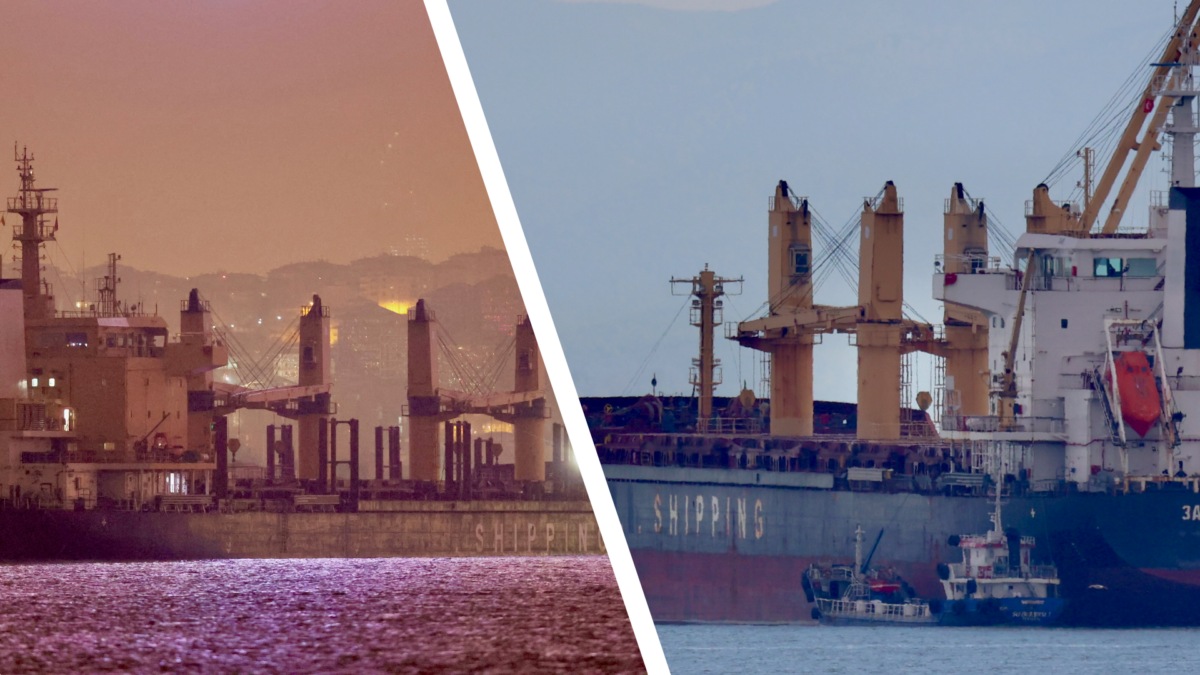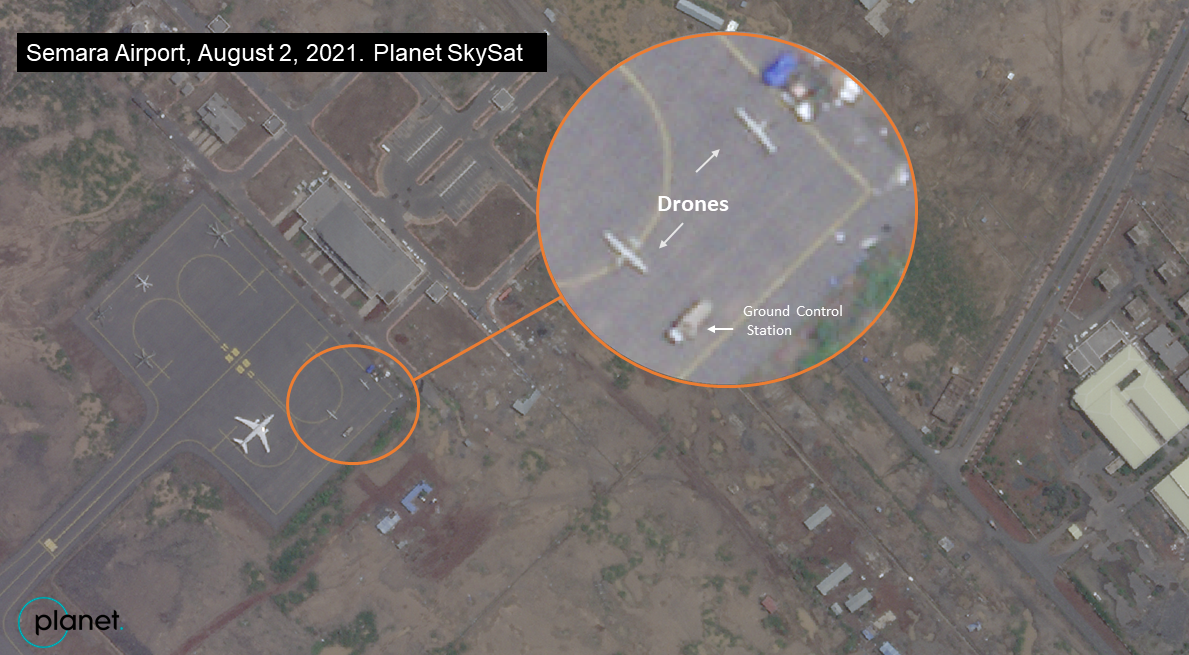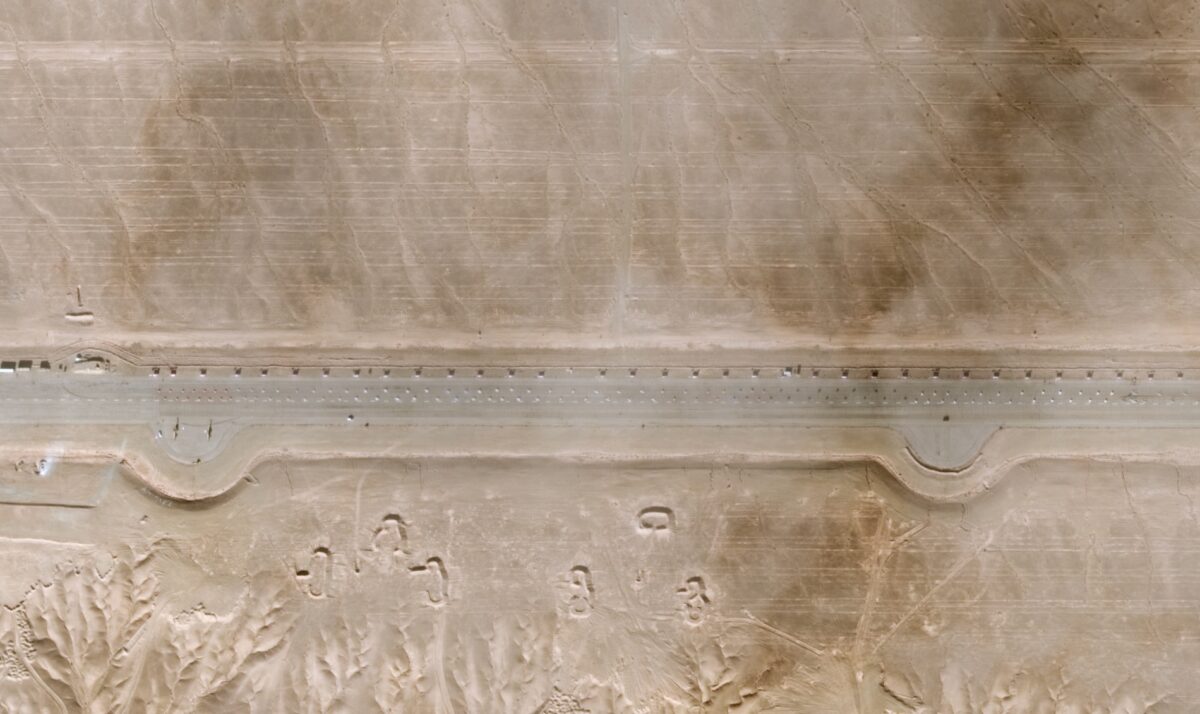Iran ISOICO Imagery Update

Iran ISOICO Shipyard (DigitalGlobe 27 December 2015)
The latest commercial satellite imagery shows some new developments at Iran’s ISOICO shipyard near Bostanu. In December, the extension on the yard’s smaller syncrolift appeared complete with new winches and a larger platform visible in imagery. Workers in the eastern part of the yard should now be able to handle heavier vessels. This may be useful as the shipyard appears to be building one of the country’s Mowj class boats. The hull of the ship appeared on the transverse table back in August 2013 and has subsequently been observed on handhelds in the fabrication shop.
The Kharg (431) replenishment ship, which has been berthed at the shipyard since November 2014, exited the floating dry dock. Given the clutter still observed on the deck, it may not depart the shipyard anytime soon. When it does however we expect it will return to its previous home port at Bandar Abbas. The Kharg, operated by the Islamic Republic of Iran Navy, is the largest Iranian military vessel by tonnage.
No significant activity was noted in the yard’s new dry docks, though additional leveling around the area was underway. The completion of the dry dock is thought to be associated with a new joint venture created between the yard and South Korea’s Hyundai Heavy Industries. The Iranian press also reported in December that it would look to build partnerships with Germany’s Nordic Yards Wismar, among others.

Other notable developments include the arrival of Iran’s Kilo submarine. The Kilo, berthed near the eastern fabrication shop since October, is an unusual sight at the shipyard. Typically, Iran conducts routine maintenance and in the past has overhauled the diesel-electric boats over at Bandar Abbas. The appearance of the submarine at the shipyard could suggest a more serious problem. Unfortunately, we will have to await future imagery for more insight.
Iran’s two other Kilo, located at Bander Abbas, have departed the dry docks as of 27 December 2015, just in time for Velayat 94.
Beyond military, we also noticed that two of Iran’s oil and gas rigs departed the shipyard possibly in preparation for Iran’s “Implementation Day”. With economic sanctions lifted, Iran plans to bolster production within six months to over 1 million barrels per day. Given the crude glut and low oil price, watching Iran develop an export strategy should be interesting. Comments made to the press suggest Iran will continue the various oil-for-goods bartering relationships and potentially acquire interests in refineries in India, Brazil and Spain. The latter, if successful, should help maintain and increase crude exports abroad.


